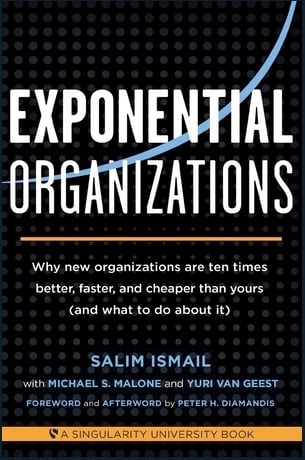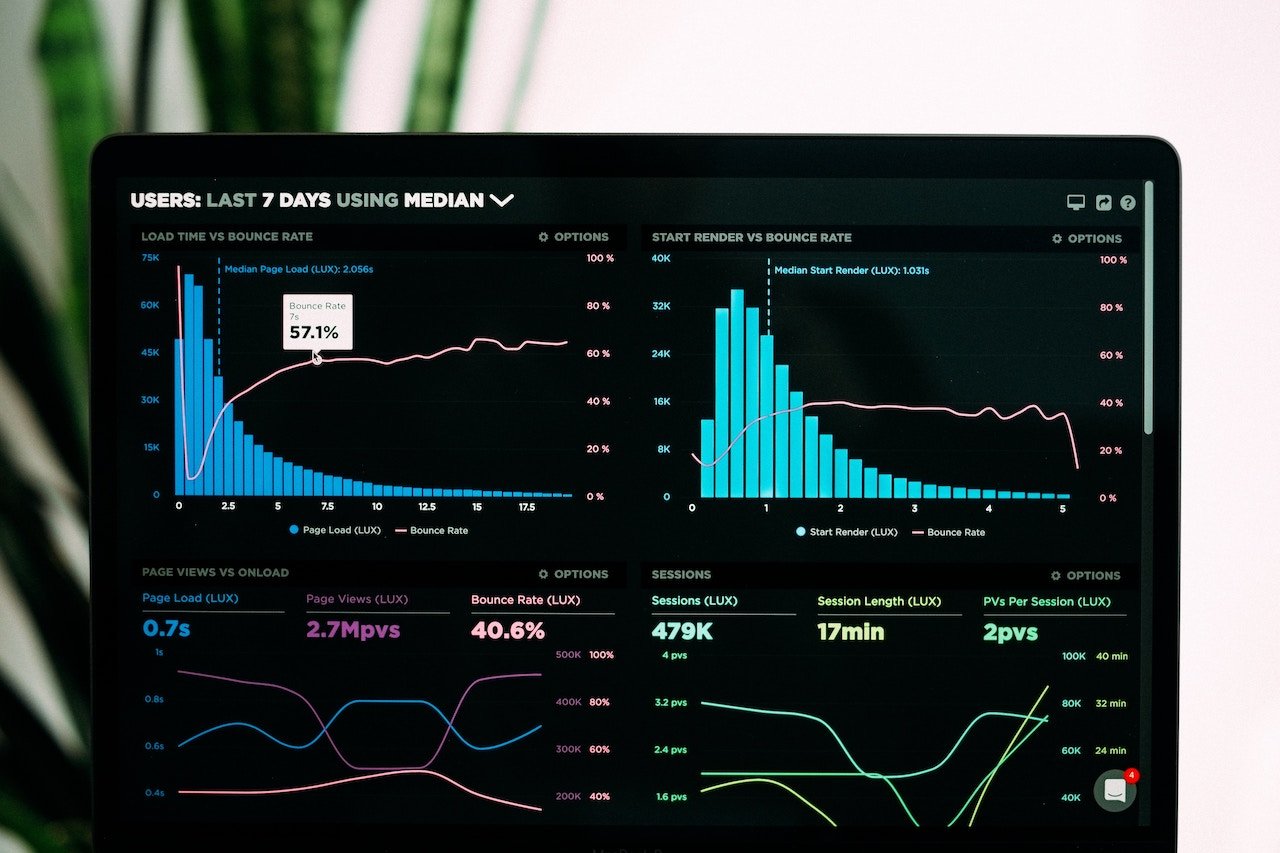In the language of strategy, we often say, “There’s a need for strategy because time, dollars, and focus are scarce and limited resources.” A strong business strategy is the application of these resources for maximum leverage.
But in developing a solid business strategy, you first need to check that you’re actually doing strategy and not something else entirely — like business planning.
Business planning is the realisation of strategic aims in a business framework.
Strategic planning, on the other hand, is making use of scarce resources for maximum leverage.
In building a strong business strategy, here are the 8 crucial questions you need to ask yourself.
- What business are we in or should we be in?
- Where do we compete?
- Who are our ideal target customers?
- What unique value proposition do we bring?
- What’s the expression (value proposition) of that value?
- What resources and capabilities do we use?
- How do we sustain that unique value?
- How and where will we add value?
1. What business are we in or should we be in?
All strategy arises out of context. And what this means is you need to understand your business context and choose the right areas to be in.
Obviously, it’s always easiest to swim with the stream than against it. A lot of the time, we make it hard for ourselves by choosing a sector or a business that is in decline or just isn’t the right business for us.
A lot of the time, we make it hard for ourselves by choosing a sector or a business that is in decline or just isn’t the right business for us.
Tweet this
Before anything else, it is important to pause and ask yourself, “Are we actually in the right business?” Around disruption, there’s always opportunities, adjacent businesses, or business models that are more prevalent now, and it's potentially easier to pivot with a lot of new entries in many sectors.
By asking this first question, you are actually reviewing the context to check that you are in the right business model to begin with.
Tony Hsieh, the CEO of Zappos, said, “If you want to win at poker, make sure you sit down at the right table.” And the logic behind this is simple. If you sit at a table with much stronger opponents, you’re going to lose.
So don’t try to be the best player in the room. Spend time figuring out the best table to sit down at, and focus on being the best player at that one table.
2. Where do we compete?
In defining your business strategy, you need to look into what part of the value chain you want to compete in. To do this, determine where you want to compete for value and how you define your competitive set.
In growing a business, we look at four factors:
- Are you trying to grow the category?
- Are you trying to trade around share?
- Are you trying to do upselling or cross-selling?
- Are you trying to drive frequency?
These questions explore where you want to compete and what you’re competing for.
Here are the key questions you need to ask to know where you want to compete.
Tweet this
Another way to frame this is to look into where your dollars are coming from. Think about starting with a proposition where somebody else has your money. Strategy is the job that helps you get it.
3. Who are our ideal target customers?
There has been a lot of thought about personas, targets, and qualitative insight-proven segmentations vs quantitative segmentations.
Step Change’s view around this is that a segmentation is only as useful as our ability to market or target against it. And when we’re looking at a target segmentation, we’re looking at differentiated value.
Segmentation is only as useful as our ability to market or target against it.
Tweet this
So if your audience needs a different value or values different things, and we can target them, then they become a different customer segment. Too often, businesses make it too complex for their own good.
4. What unique value proposition do we bring?
This can also be your unique value proposition or your unique selling proposition (USP).
Too many businesses have unique propositions, but they don’t add value to the sale. Too many businesses also have selling propositions that aren’t unique. They bank on an item when everyone else is doing the same.
Too many businesses have unique propositions, but they don’t add value to the sale. Too many businesses also have selling propositions that aren’t unique.
Tweet this
What we are looking for is that uniqueness; test and determine the positioning that is true to who you really are, different from your competitors, and valuable to your customers.
5. What’s the expression (value proposition) of that value?
In a 60-second pitch, can people in your company express that value?
What we’re looking for is that value above. Does it have a handle on it? Can people share that value?
In most organisations, the answer is no. Often, they have too many pages explaining their value, and the idea ultimately gets lost. They don’t have the distilled version of their value proposition. If your company has a lot of value to offer, you want to highlight the top 2 to 3 things that express your core value proposition in a way that people can remember.
If your company has a lot of value to offer, you want to highlight the top 2 to 3 things that express your core value proposition in a way that people can remember.
Tweet this
You want to make sure your most loyal customers and advocates can easily pass on or share your value proposition to other potential customers.
6. What resources and capabilities do we use?
This is a combination of two key questions.
- Are you making the most of the resources that you have?
- Are you rightly resourced to execute your strategic plan?
Both of these questions are two different parts. The first part asks if you are playing to your strengths. The second part asks if your strategic plan matches your capabilities.
It’s fine to say you want to go to the moon, but if you only have a Commodore 64 computer and a skyrocket, you’re not going to get there.
7. How do we sustain that unique value?
This aligns with questions 1, 2, and 4. It taps back to context and focuses on a sustainable competitive advantage.
There are only two ways for us to have a sustainable competitive advantage.
- Do you have a value that the market cannot match? (Can you make or do something that no one else can do?)
- Can you provide the same value cheaper?
You need to do it in a way where you can’t see that advantage ending. When you do have a competitive advantage, how do you plan to sustain it?
Too often, we take it for granted. We don’t put a time stop on that window or a reinvestment or an innovation plan to sustain it.
So ask yourself, how have you reinforced your advantage? How have you built an innovation plan or an innovation pipeline to fully support that? Do you have a sense of who’s coming after you?
This plays into having a strategic radar and using those time lenses to understand that nothing is ever truly fixed.
Handpicked reading: The Death of the SWOT Analysis and the Rise of the Strategic Radar
8. How and where will we add value?
Look at your current strategic plan. If we go back to the lean methodology, its first intention is knowing how you can maximise the value that customers are willing to pay for.
This question is the final check that asks, “Are we very clear about who and what we are in a world of scarce resources so we can apply it for maximum value?”
If your strategy is directing the whole organisation to this end, then you have a good strategy.
Tying It All Together
It is important to remember that strategy arises out of context. And a good strategy, if well-thought through, shouldn’t change while the context remains. But if this does changes, then the strategy also needs to change.
The job in execution is to look at the assumptions or hypotheses that is inherent within the strategy so you can test the riskiest components first. We use a tool for this called the Truth Serum and Reverse Engineering, and it's really all about reducing waste.
We need to make sure we execute our strategy in a way that adapts to how the world works because it is inherently uncertain and changes every time.
















